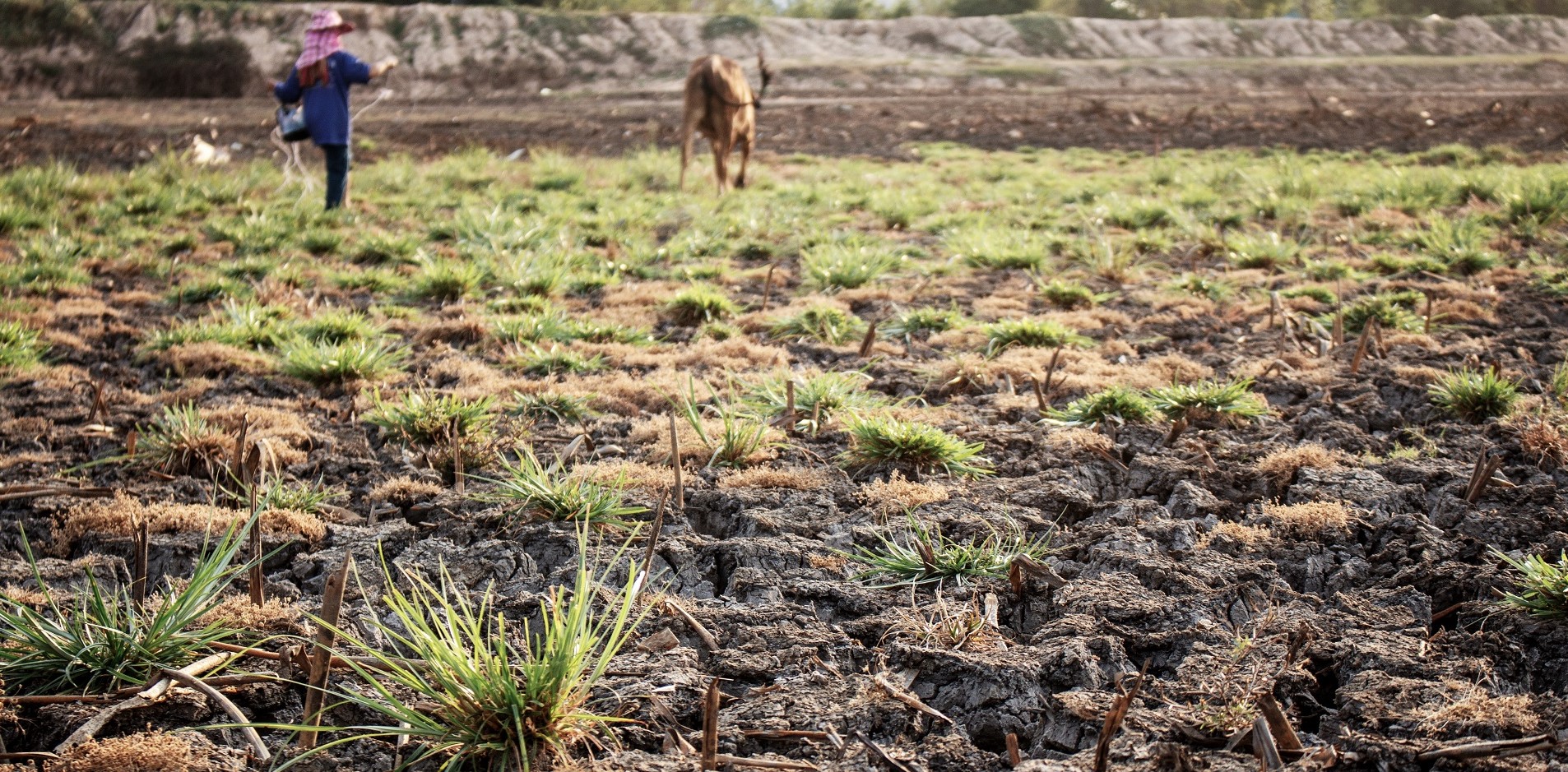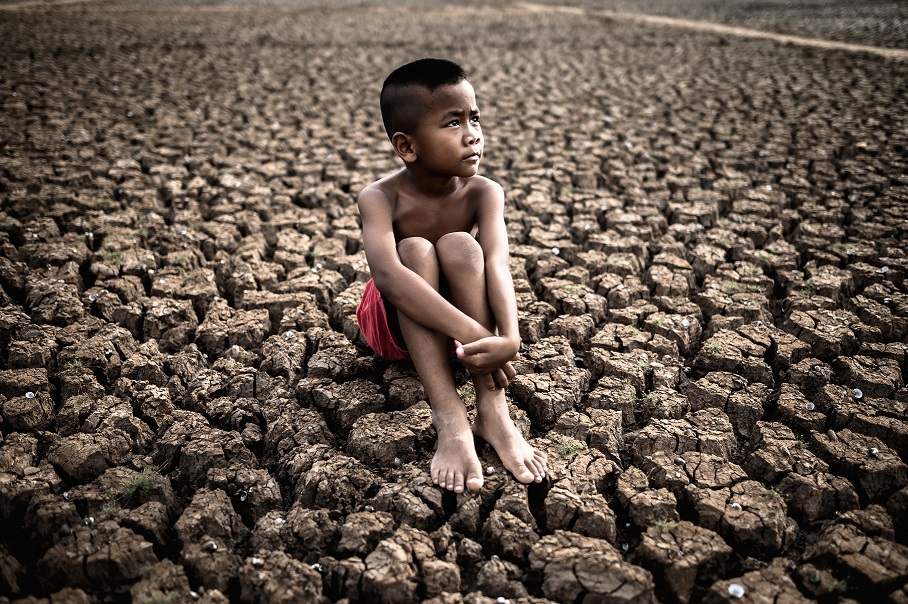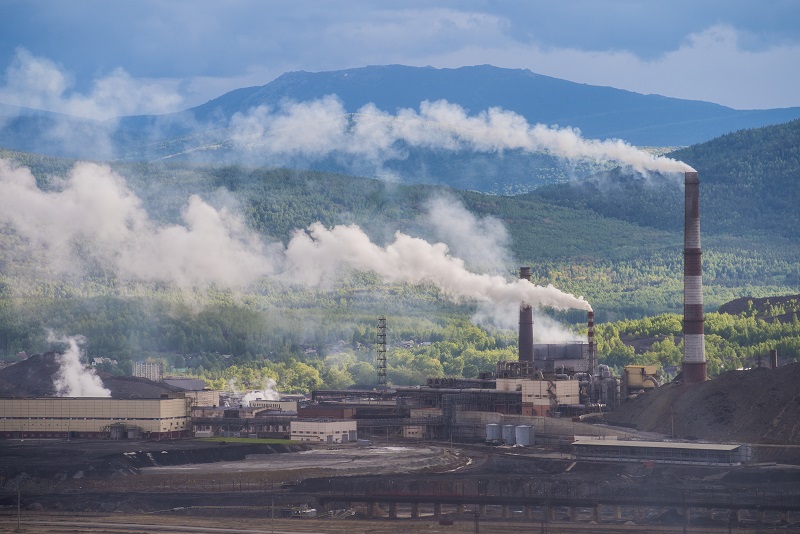India’s First-Ever Climate Change Report: Climate Change in India and its Impact
“India’s first-ever climate change assessment report by the Ministry of Earth Sciences (MoES) has indicated a 4.4°C increase in the temperature by the end of the 21st century.”
So what does this temperature change mean? Moreover, how will climate change be affecting India?

First, let us try and understand the global effect of Climate Change –
Globally, there has been an increase of 1°C in the temperature since the pre-industrial time. Since time unknown climate change has been a natural response to the changes in a few factors which cause an energy imbalance in the earth’s atmosphere. An imbalance in the earth’s atmosphere can be due to natural as well as human-made factors.
What are the natural factors which can cause a change in the earth’s energy balance?
- A variation in the sun’s energy reaching the earth
- A change in the earth’s reflectivity
- Any change in the greenhouse effect or the earth’s atmosphere to retain heat
What does the present investigation talk about climate change?
Scientists have put together a record of the earth’s climate, dating back to thousands of years by studying ice cores, tree rings, pollen remains, and ocean sediments. The study concluded that climate change in the past has occurred on a wide range of time scales. And, primarily due to natural factors like volcanic eruptions, changes in solar energy or a change in the concentration of greenhouse gas (GHG).
The recent climate change, however, cannot be reprimanded on natural factors. Research suggests the current warming cannot be explained by the changes in the earth’s natural system. Instead, it is due to human activity since the industrial revolution that has caused much of the temperature change.
The increased emission of greenhouse gases (GHGs), aerosols, change in the land use and land cover since the industrial revolution is the direct culprit of the present-day climate change.
Global climate change models forecast a 5°C increase in the temperature of the earth’s atmosphere by the end of the 21st century if the current rate of GHG emission by human activity continues.

So what does this change mean? How does climate change affect us?
Research suggests that temperature change will not be consistent across the planet. Some parts of the world will be experiencing more significant warming than the global average. Climate change will directly result in changes in the precipitation patterns, extreme events such as droughts and heatwaves, a rise in sea level, and more powerful and intense hurricanes.
Here are a few of the many ways by which Climate change will directly affect us
- It will cause displacement of people due to weather-related disasters which will destroy homes and habitats.
- There will be an increased risk of waterborne diseases due to the rising sea levels & frequent floods.
- An increased risk of airborne diseases due to droughts, which cause air quality to drop.
- Reduced agricultural yield and pest proliferation.
What will be the consequences of climate change in India?
India’s first-ever climate change assessment report by the Ministry of Earth Sciences (MoES) has indicated a 4.4°C increase in the temperature by the end of the 21st century.
Such a significant difference is going to affect the country in various ways. Direct consequences will be observed in the form of increased frequency of heatwaves in the country, increased duration of heatwaves, droughts, severe cyclonic storms, and a decrease in the monsoon precipitation.
A brief overview of the effect of Climate change in India according to the MoES report
Temperature Rise: India has observed an average temperature increase of 0.7°C during 1901 to 2018. The temperature increase is on account of the increased GHG concentration. The report projects heatwaves in India to be 3 to 4 times higher by the end of the 21st century. The temperature rise will lead to increased heat stress and mortality in the country.
Indian Ocean Warming: The observed change in the sea surface temperature (SST) in the tropical Indian Ocean has risen by 1°C during 1951-2015. That is 0.3°C above the global average during the same period! Changes in the SST will adversely affect the migration and distribution patterns of many marine species. Water also expands when exposed to a higher temperature, and this will lead to coastal erosion and flooding. A nearly two-decade study by nature conservation foundation found a 41% drop in the absolute coral coverage in the Lakshadweep Island within 20 years.
Changes in Rainfall: There is already a decline of 6% in the summer monsoon precipitation in India since 1951 to 2015. Especially over the Indo-Gangetic plains and the western ghats, there has been a considerable change. It is a significant issue as the Indian Summer Monsoon Rainfall (ISMR) contributes to 80% of precipitation in the country. The ISMR directly controls the agricultural productivity and economy of India.
Droughts: The decline observed in the summer monsoon rainfall in India has also led to an upsurge in the proneness of droughts in India. By the end of the 21st century, climate model predictions indicate an increase in the frequency (>2 per decade) and intensity of droughts. Especially over central India, southwest coast, southern peninsula and north-eastern India.
Changes in the Himalayas: The Hindu Kush Himalayas (HKH) have witnessed a 1.3°C rise in the temperature during 1951-2015. There has also been evidence of a decline in the snowfall patterns and a retreat of glaciers. The temperature rise over the Hindu Kush Himalayas is anticipated to be 5.2°C by the end of the 21st century. Such massive warming in the HKH region will lead to biodiversity loss, increased glacial melting and water availability, which will straightaway impact the livelihood and well-being in the HKH.

Since the middle of the 20th century, India has experienced a wide range of effects of climate change, and it will pace through the 21st century as well if left unattended. The country is most vulnerable to global temperature fluctuations and hard to predict seasonal changes. Climate change directly affects India’s agricultural output and the economy apart from other effects. Thus, concrete measures need to be taken on a national level to reduce our overall climate change impact and hold a leading position in the international forums to battle climate change with the help of developed nations.
Follow this link to read the detailed assessment report by the Ministry of Earth Sciences – India’s First-Ever Climate Change Report
Source: Wikipedia, Ministry of Earth Sciences (MoES)
A little about Kuddle Life Foundation
Kuddle Life Foundation is a marine conservation NGO based out of the beautiful coast of Pondicherry, India. We are trying to create an environment for marine biologists and scientists to conduct research and draft actionable insights from the data collected to fight ocean pollution and save the oceans and its dependent lifeforms from climate change. Our programs include artificial reefs, marine fish & mammal rescue, pollution & waste management, and education & outreach.
Kuddle Life Foundation believes in the active involvement of citizens and streamlining marine conservation in the community. Anyone wishing to collaborate with us, please feel free to drop in a comment. We would love to hear your ideas!
Don’t forget to check out our whaletastic blog!

Your support matters!
Help us reach more people. Share this post with your friends!